I have an architectural question about the android ViewModels:
Let's say that in my App I have an Activity with two Fragments inside (using a Viewpager). The two fragments do different things (therefore may have their own ViewModel?), but they also both need various data that is similar.
This is for example the state if a network connection is available or not (and both fragments show different error UIs if there is no connection), or some user setting that comes via a Push from a server and affects both fragments equally.
This looks something like this:
Now my question is how to deal with that situation when using ViewModels? Is it good that a view observes multiple ViewModels, like it would be if I have a ViewModel for the Activity (holding the state that both need equally) and one for each fragment, like this:
This was hinted here for example, but it is not a good practice, as the relationship in MVVM generally is
View n - 1 ViewModel n - 1 Model
But I am not sure where the right place for such shared LiveData is in my case?

